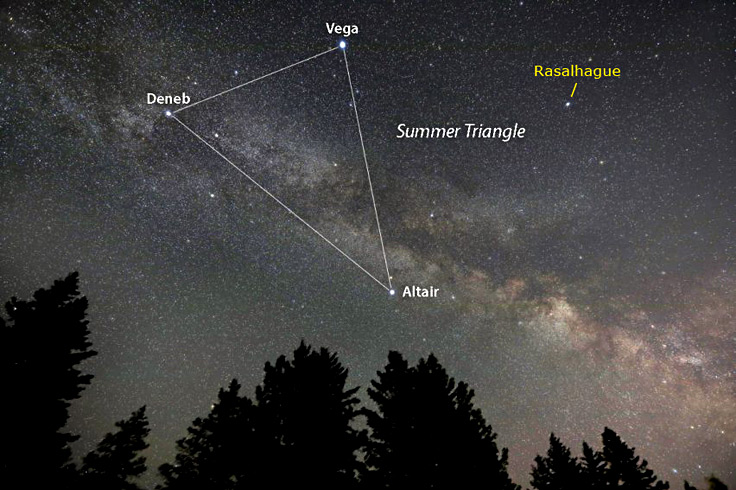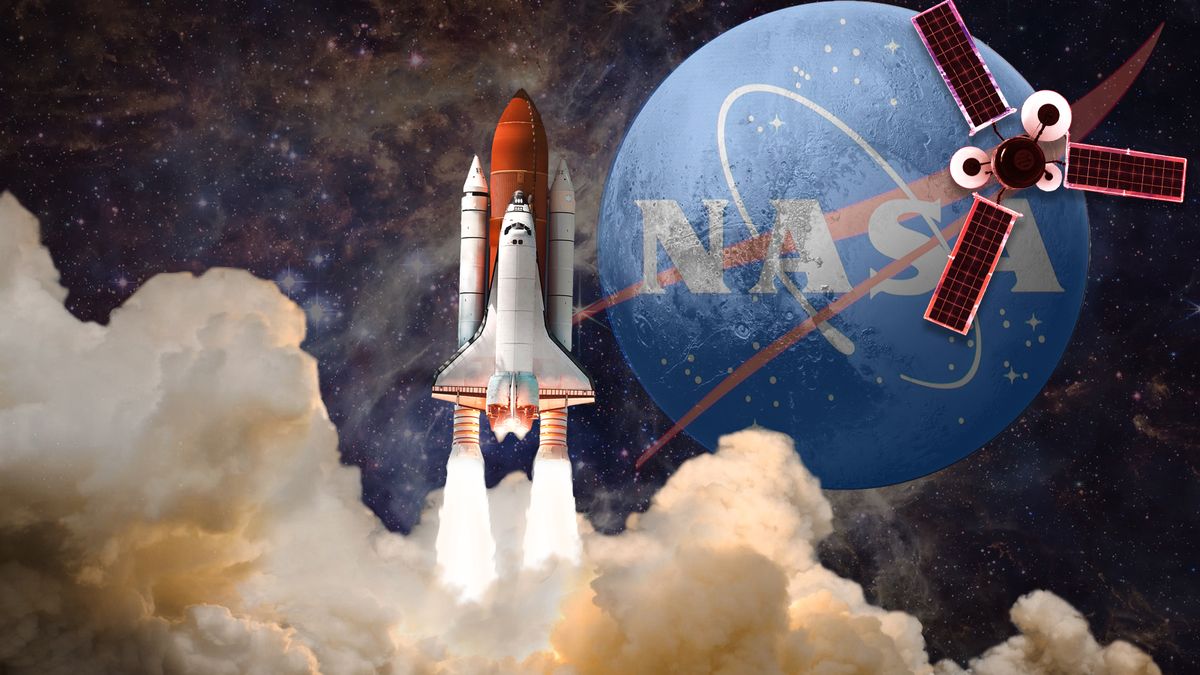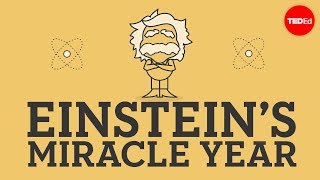Current Events in Astronomy: A Glimpse into the Cosmos
The field of astronomy is continually evolving, with new discoveries and advancements that deepen our understanding of the universe. As we delve into 2024, we find ourselves on the cusp of exciting developments that promise to reshape our view of the cosmos. In this blog post, we will explore some of the most significant current events in astronomy, including recent discoveries, upcoming missions, and the implications of these findings for our understanding of the universe.
1. The James Webb Space Telescope: A New Era of Discovery
One of the most significant events in recent astronomy is the successful deployment and operation of the James Webb Space Telescope (JWST). Launched on December 25, 2021, JWST has begun to deliver stunning images and invaluable data that are transforming our understanding of the universe. With its advanced infrared capabilities, JWST is capable of observing distant galaxies, star formation, and exoplanets in unprecedented detail.
Key Discoveries from JWST
Since its first images were released in July 2022, JWST has made several groundbreaking discoveries:
Early Galaxies: JWST has identified some of the earliest galaxies formed after the Big Bang, providing insights into the formation and evolution of the cosmos. These observations challenge previous models of galaxy formation and suggest that galaxies formed much earlier than previously thought.
Exoplanet Atmospheres: The telescope has also made significant strides in studying the atmospheres of exoplanets. By analyzing the light spectra from these distant worlds, astronomers have detected signs of water vapor, carbon dioxide, and even potential chemical markers of habitability.
Star Formation: JWST’s observations of stellar nurseries have revealed new details about how stars are born and evolve. The telescope has captured images of protostars surrounded by disks of gas and dust, providing a clearer picture of the processes that lead to star formation.
2. The Search for Extraterrestrial Life
The question of whether we are alone in the universe has captivated humanity for centuries. Recent advancements in astrobiology and planetary science have brought us closer to answering this profound question.
The Artemis Program and Lunar Exploration
NASA’s Artemis program, which aims to return humans to the Moon by the mid-2020s, is a pivotal step in our quest to explore the cosmos. The program’s focus on the lunar south pole, where water ice is believed to exist, could provide crucial insights into the potential for life beyond Earth. Water is a key ingredient for life as we know it, and its presence on the Moon could serve as a resource for future missions to Mars and beyond.
Mars Missions
Mars continues to be a focal point in the search for extraterrestrial life. The Perseverance rover, which landed on Mars in February 2021, is actively collecting samples that may contain signs of ancient microbial life. Its companion, the Ingenuity helicopter, has demonstrated powered flight on another planet for the first time, paving the way for more complex aerial exploration of Mars.
In addition, the European Space Agency’s ExoMars mission, scheduled for launch in 2028, aims to drill into the Martian surface to search for biosignatures. This mission will enhance our understanding of Mars’ geological history and its potential to harbor life.
3. The Mystery of Dark Matter and Dark Energy
Dark matter and dark energy remain two of the most perplexing mysteries in modern astrophysics. Together, they constitute approximately 95% of the universe’s total mass-energy content, yet their nature is still largely unknown.
Ongoing Research
Recent studies using gravitational lensing techniques have provided new insights into the distribution of dark matter in galaxy clusters. By analyzing how light from distant galaxies is bent around massive objects, astronomers are piecing together a more comprehensive picture of dark matter’s role in cosmic evolution.
Meanwhile, research into dark energy, which is driving the accelerated expansion of the universe, is also advancing. The European Space Agency’s Euclid mission, set to launch in 2024, aims to investigate the nature of dark energy by mapping the geometry of the universe and studying galaxy formation over time.
4. The Role of Artificial Intelligence in Astronomy
The integration of artificial intelligence (AI) into astronomy is revolutionizing how we analyze data and make discoveries. With the vast amounts of data generated by telescopes and space missions, traditional methods of data analysis are often insufficient.
AI-Driven Discoveries
AI algorithms are now being employed to identify patterns in astronomical data, leading to new discoveries. For example, machine learning techniques have been used to detect exoplanets more efficiently by analyzing light curves from distant stars. This approach has the potential to significantly accelerate the discovery of new worlds.
Additionally, AI is being utilized to classify galaxies, track transient astronomical events, and even predict solar activity. As AI technology continues to advance, its impact on astronomy is likely to grow, opening up new avenues for exploration and understanding.
5. Upcoming Missions and Future Prospects
As we look ahead, several exciting missions are set to launch in the coming years, each with the potential to reshape our understanding of the universe.
The Lunar Gateway
NASA’s Lunar Gateway, a planned space station in lunar orbit, is expected to serve as a hub for lunar exploration and a stepping stone for missions to Mars. Scheduled for the mid-2020s, the Gateway will facilitate international collaboration and support scientific research on the Moon and beyond.
The Mars Sample Return Mission
The Mars Sample Return mission, a collaboration between NASA and the European Space Agency, aims to bring samples collected by the Perseverance rover back to Earth by the early 2030s. This mission will provide scientists with the opportunity to study Martian materials in detail, potentially revealing clues about the planet’s past habitability.
The James Webb Space Telescope’s Successor
Looking further into the future, NASA is already planning for the successor to the JWST. The next-generation space telescope, known as the Habitable Worlds Observatory, will focus on characterizing exoplanet atmospheres and searching for signs of life. This ambitious mission is expected to launch in the 2030s and will build on the successes of JWST.
Conclusion
The current events in astronomy are a testament to humanity’s insatiable curiosity and desire to explore the cosmos. From the groundbreaking discoveries of the James Webb Space Telescope to the ongoing search for extraterrestrial life and the mysteries of dark matter and dark energy, the field of astronomy is more vibrant than ever. As we continue to push the boundaries of our knowledge, the future holds immense promise for further discoveries that will deepen our understanding of the universe and our place within it.
As we embark on this journey of exploration, one thing is clear: the cosmos is full of wonders waiting to be uncovered, and the next chapter in our understanding of the universe is just beginning.
I’ll keep you up to date on current events in Astronomy.




